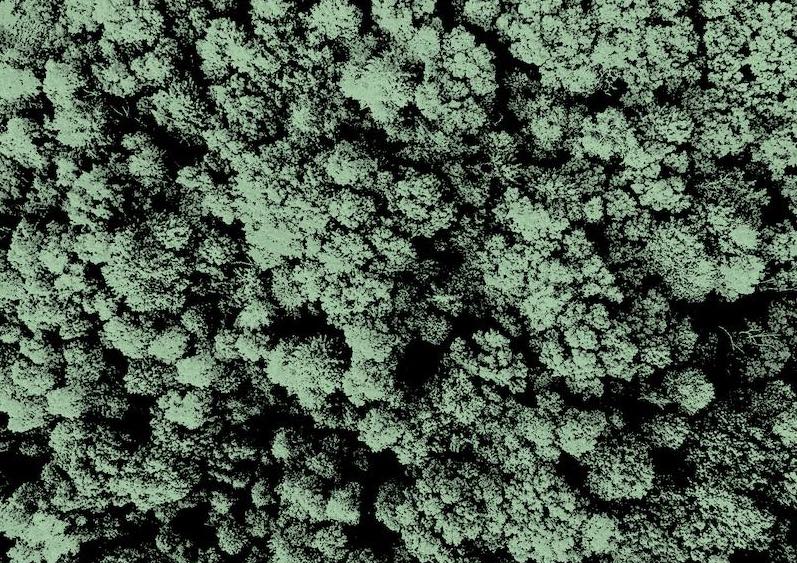What is it about?
We use the geochemical fingerprint of mineral dust extracted from marine sediments to identify the contributions of individual source regions to the dust deposition in the subpolar South Pacific. At these latitudes, dust is typically transported by the prevailing westerly winds. We find that an area that is today part of northwestern Argentina dominated the dust input in the South Pacific over the last 260,000 years. This implies that these dust particles travelled almost entirely around the globe before reaching the remote South Pacific.
Featured Image

Photo by NOAA on Unsplash
Why is it important?
Mineral dust is an important component of the Earth’s climate system. Dust-climate feedbacks result from direct radiative effects of dust and from indirect effects including cloud formation and (micro-)nutrient supply to remote marine and terrestrial ecosystems. The increased supply of iron by mineral dust is of particular interest as it stimulates algae growth in the subpolar Southern Ocean. When the algae die and sink to the deep ocean, they remove carbon dioxide from the atmosphere.
Perspectives
Writing this article was a great pleasure as it has co-authors with whom I have had long standing collaborations to better constrain past changes in Southern Hemisphere dust transport. These exciting new results will also motivate our future work on this topic.
Torben Struve
Carl von Ossietzky Universitat Oldenburg
Read the Original
This page is a summary of: Systematic changes in circumpolar dust transport to the Subantarctic Pacific Ocean over the last two glacial cycles, Proceedings of the National Academy of Sciences, November 2022, Proceedings of the National Academy of Sciences,
DOI: 10.1073/pnas.2206085119.
You can read the full text:
Contributors
The following have contributed to this page










